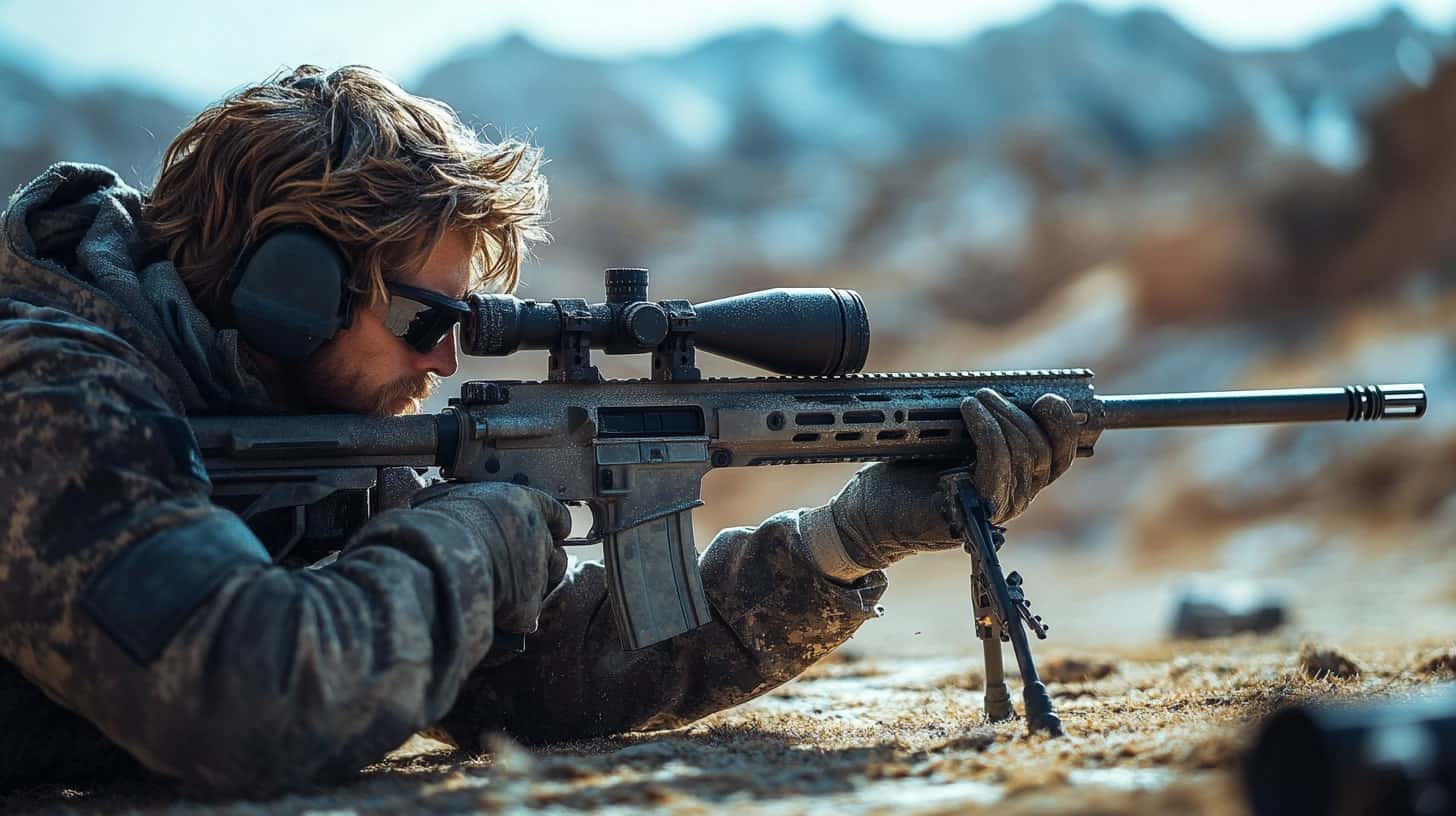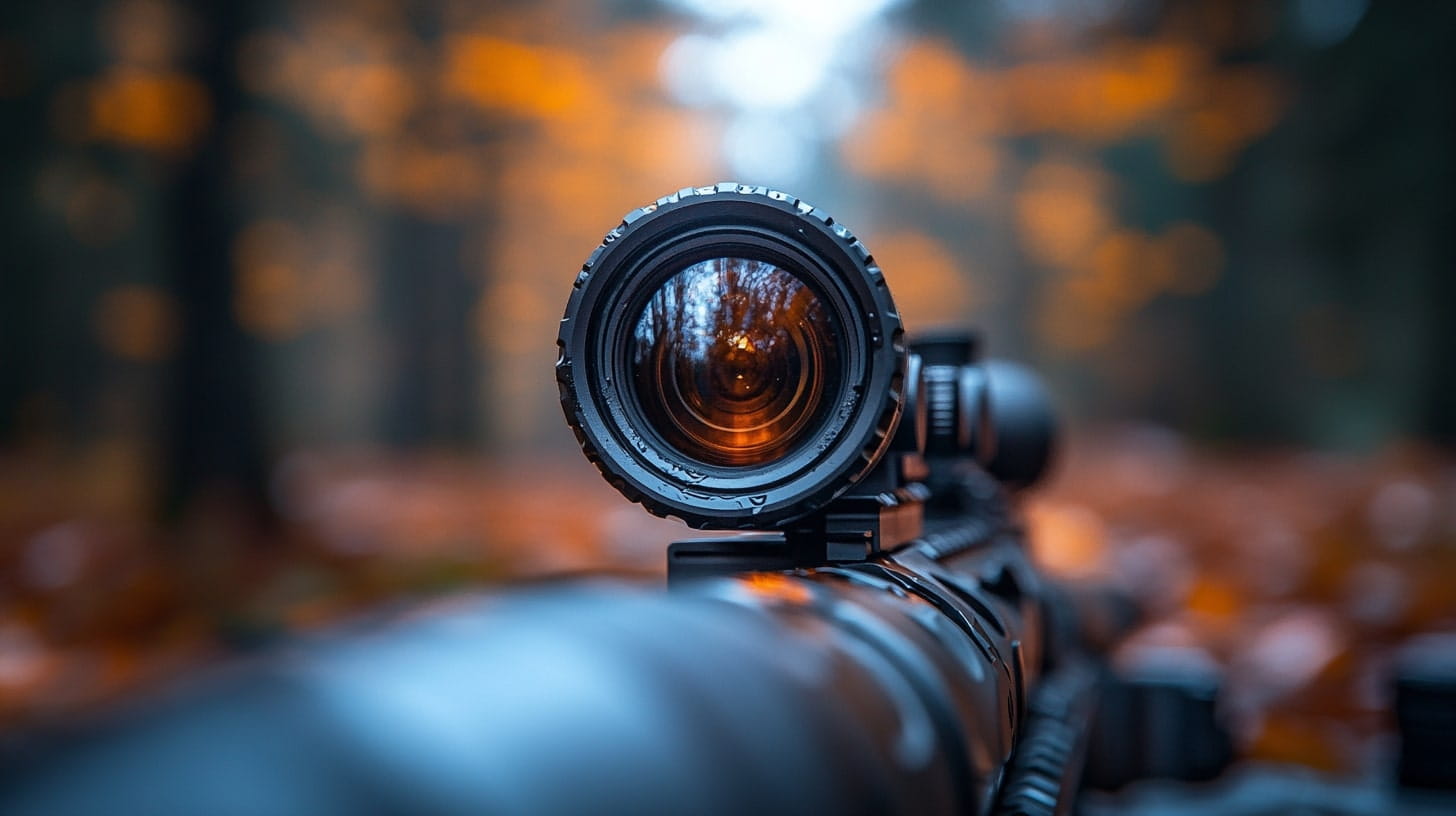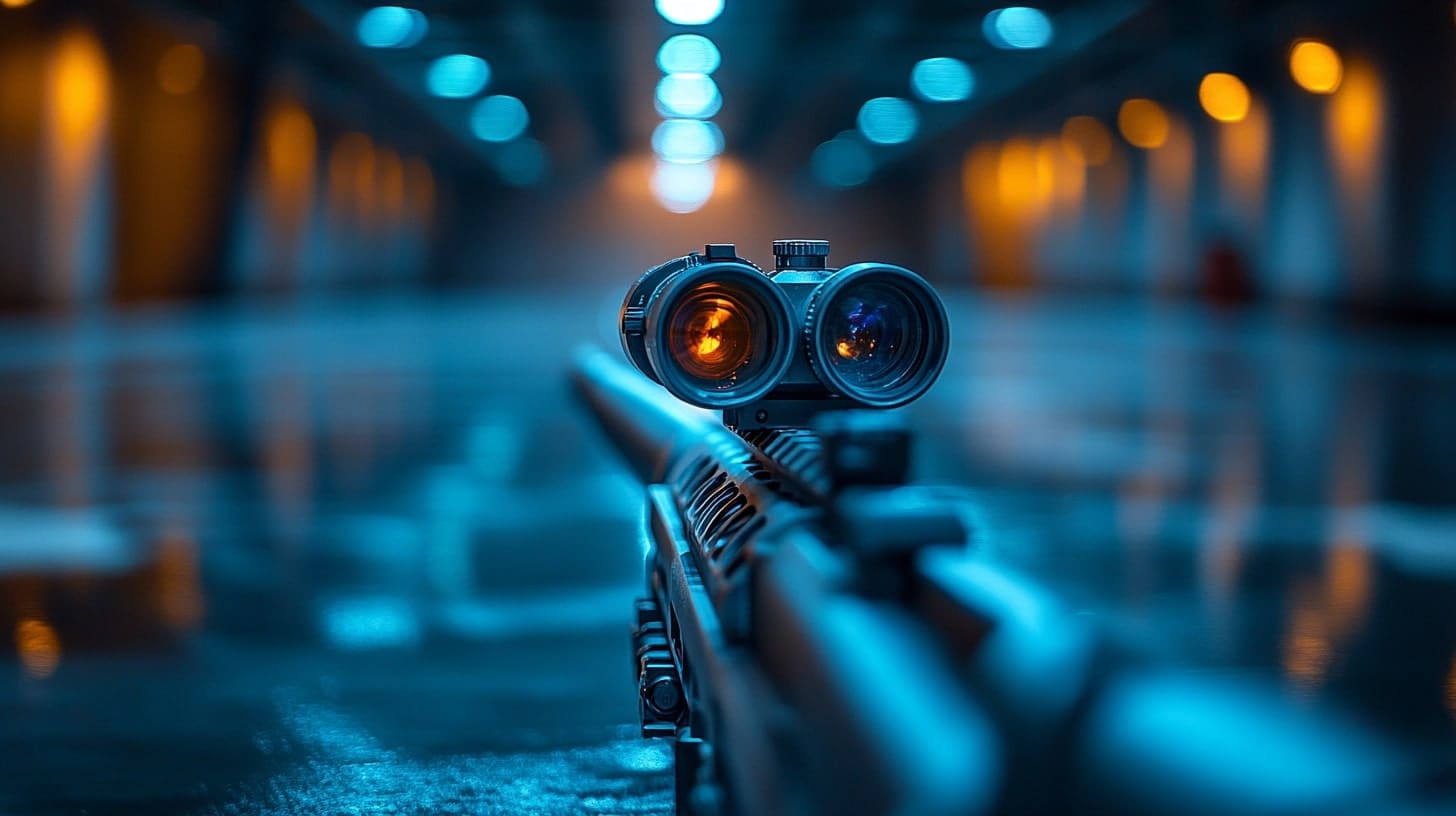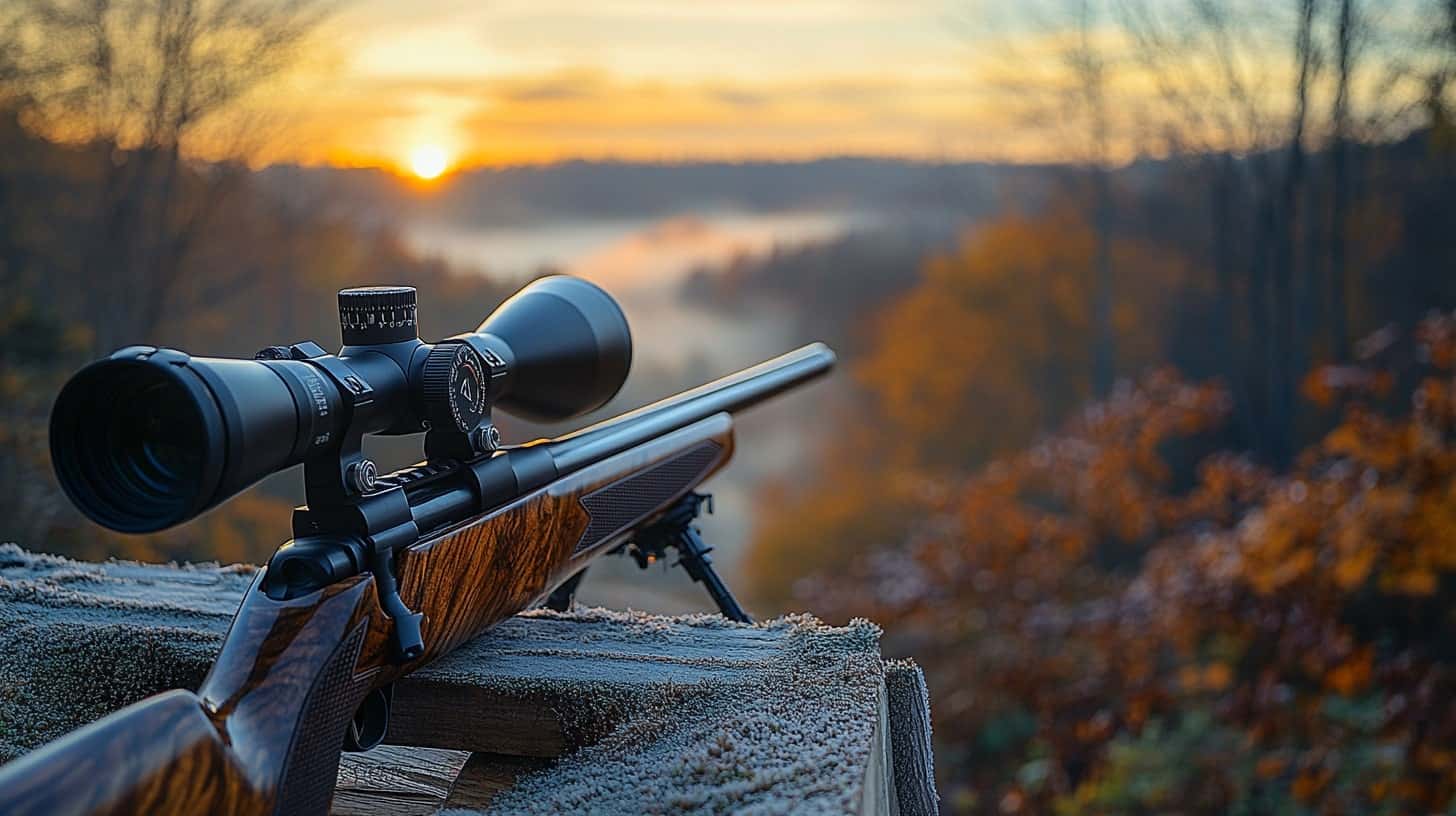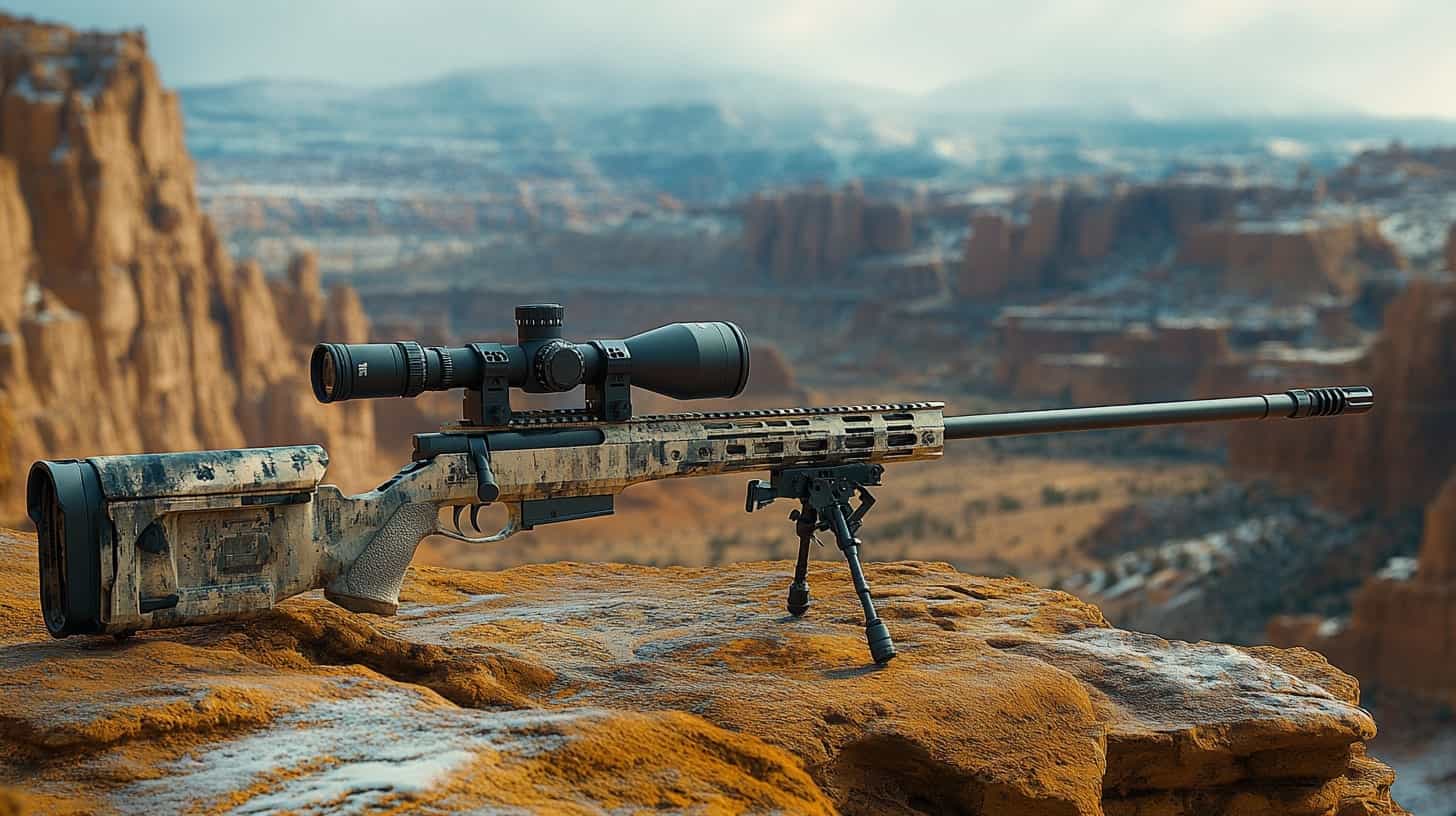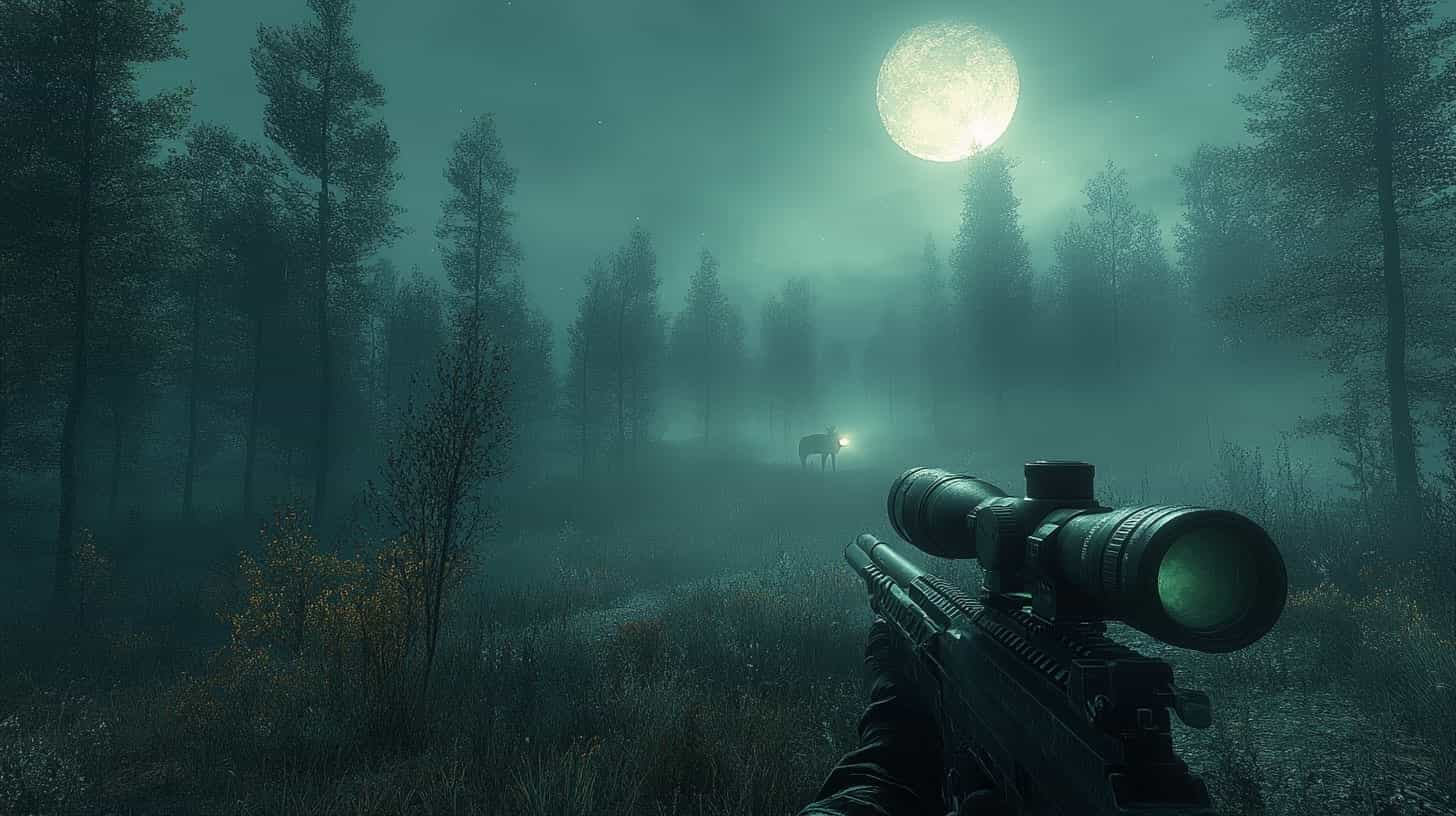
Introduction
When choosing between night vision and thermal scopes, understanding their fundamental differences is crucial. Both technologies provide visibility in low-light conditions, but they operate on distinct principles. Night vision amplifies existing light to create an image, while thermal scopes detect heat signatures. This article delves into the pros and cons of each system, their practical applications, and which might be the best choice for your needs.
How Night Vision Works
Night vision devices use image enhancement technology to amplify the available light. This includes moonlight, starlight, or infrared illuminators that provide additional assistance in total darkness. Night vision scopes utilize an image intensifier tube that converts photons into electrons, which are then multiplied and projected onto a phosphor screen, creating a visible image.
There are different generations of night vision, with Gen 1 being the most affordable and Gen 3 offering superior clarity and performance. Military-grade night vision is often Gen 3 or Gen 4, providing enhanced resolution and durability.
Advantages of Night Vision:
- Produces a more natural image with better detail in well-lit environments
- Generally more affordable than thermal imaging
- Allows for clear identification of targets at a moderate range
- Lightweight and compact compared to thermal scopes
Disadvantages of Night Vision:
- Requires some ambient light to function effectively
- Cannot detect targets hidden behind obstacles or camouflage
- Image quality may degrade in extreme weather conditions
How Thermal Scopes Work
Thermal scopes operate by detecting infrared radiation (heat) emitted by objects. Every living and non-living thing with a temperature above absolute zero emits thermal energy. The scope’s sensors detect this radiation and create a heat map, displaying warmer objects in contrast to their cooler surroundings.
Unlike night vision, thermal scopes do not rely on visible light, making them highly effective in complete darkness, fog, or smoke.
Advantages of Thermal Scopes:
- Works in absolute darkness and adverse weather conditions
- Detects hidden or camouflaged targets with ease
- Provides extended range detection
- Can be used in both day and night settings
Disadvantages of Thermal Scopes:
- Higher cost compared to night vision
- Does not provide clear facial recognition or fine details
- Heavier and bulkier than night vision scopes
Practical Applications
Hunting:
- Night Vision: Preferred for recognizing and identifying targets at closer distances with more detail.
- Thermal Scopes: Ideal for spotting game through dense foliage or in complete darkness.
Tactical and Military Use:
- Night Vision: Used for navigation and target identification in environments where light is available.
- Thermal Scopes: Useful for detecting hidden enemies or objects beyond visual obstructions.
Home Defense and Security:
- Night Vision: Suitable for recognizing faces and details in low-light environments.
- Thermal Scopes: Helps detect intruders even in complete darkness or through light cover.
Which One is Right for You?
Choosing between night vision and thermal scopes depends on your intended use. If you require detailed imaging, identification, and a budget-friendly option, night vision is a solid choice. However, if you need long-range detection, performance in total darkness, or the ability to see through obstacles, thermal scopes are the better investment.
For professional applications, a combination of both technologies might be ideal. Many military and law enforcement units utilize both for their distinct advantages in different scenarios.
Conclusion
Both night vision and thermal scopes serve essential roles in low-light visibility, but their technologies cater to different needs. Night vision provides clearer imaging for identification, while thermal scopes excel in target detection in complete darkness. Understanding their key differences allows you to make an informed decision based on your specific requirements.
